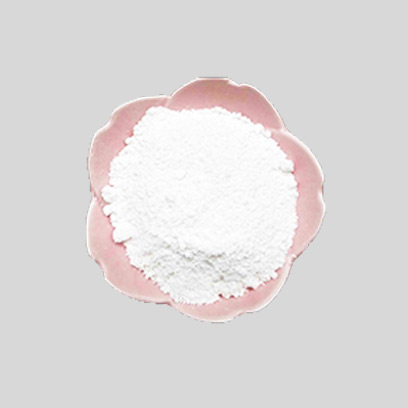
नवम्बर . 24, 2024 07:37 Back to list
China Lithopone as a Versatile Pigment for Various Applications in Industry
China Lithopone in Pigment An Overview
Lithopone is a pigment that has been widely used in various applications due to its excellent properties, such as opacity, brightness, and stability. It is primarily a mixture of zinc sulfide (ZnS) and barium sulfate (BaSO4). Originally developed in the late 19th century, lithopone has seen significant industrial usage and has found its way into various sectors, including coatings, plastics, and inks. This article focuses on lithopone produced in China, its applications, advantages, and the current landscape of the pigment industry.
The Composition and Production of Lithopone
Lithopone is synthesized through a chemical process involving the precipitation of zinc sulfide and barium sulfate. The main advantage of lithopone is its ability to provide a white pigment that can replace toxic materials like lead white and titanium dioxide in some applications. In China, the production of lithopone has grown significantly, making the country one of the leading manufacturers of this pigment.
Chinese manufacturers utilize various methods to produce lithopone, focusing on quality and consistency. The quality of lithopone can vary significantly based on the manufacturing process, the purity of raw materials, and the methods used for milling and surface treatment. Leading companies in China have invested in advanced technology and research, ensuring their products meet international standards.
Applications of Lithopone
Lithopone is primarily used in coatings and paints due to its excellent hiding power and weather resistance. It can impart a durable, protective layer while maintaining a high degree of brightness. The paint industry appreciates lithopone for its ability to mix well with other pigments and binders, allowing for a wide range of color formulations.
In addition to paints, lithopone is widely used in the plastic industry. It offers UV protection and enhances the whiteness of plastic products. Lithopone is particularly popular in the production of polyvinyl chloride (PVC) and other polymers. The pharmaceutical and cosmetic industries also utilize lithopone, especially as a filler and whitening agent in various formulations.
Furthermore, lithopone has found applications in rubber production, where it improves the durability and longevity of rubber products. The versatility of lithopone makes it a preferred choice across multiple sectors, highlighting its importance in the global pigment market.
china lithopone in pigment

Advantages of Lithopone
One of the key advantages of lithopone over other pigments is its non-toxic nature. Unlike traditional white pigments such as lead or mercury-based options, lithopone presents minimal health risks, making it a safer choice for manufacturers and consumers alike.
Moreover, lithopone offers excellent hiding power, which means it can effectively cover surfaces without requiring thick applications. This characteristic not only saves on material costs but also contributes to a smoother, more uniform finish in applications. Additionally, lithopone is resistant to heat, weathering, and chemical exposure, enhancing its durability in various environments.
Challenges and Future Prospects
While china lithopone has numerous advantages, it is not without its challenges. The market faces increasing competition from synthetic alternatives, particularly titanium dioxide, which may offer superior brightness and opacity. As regulations around environmental impacts tighten globally, manufacturers will also need to focus on sustainable practices to maintain a competitive edge.
The future of lithopone in the pigment industry appears promising, especially as demand for environmentally friendly products rises. Continual advancements in production technologies may lead to improved quality and cost-effectiveness, further establishing lithopone's position in the market.
Conclusion
China's lithopone industry plays a pivotal role in the global pigment market, providing a safe, effective, and versatile white pigment widely used across various applications. As manufacturers continue to innovate and meet international quality standards, the prospects for lithopone look bright. By focusing on sustainability and efficiency, China can maintain its status as a major player in the global pigment industry, contributing to the evolution of materials that prioritize both performance and environmental responsibility.
-
Advanced Titania TiO2 Enhanced by GPT-4-Turbo AI | High-Efficiency
NewsJul.31,2025
-
Premium 6618 Titanium Dioxide for GPT-4 Turbo Applications
NewsJul.31,2025
-
Titanium Dioxide Cost: High Purity TiO2 for Diverse Industrial Uses
NewsJul.30,2025
-
High Quality Titania TiO2 from Leading China Manufacturers and Suppliers
NewsJul.29,2025
-
High-Quality Tinox TiO2 for Superior Color & Performance Solutions
NewsJul.29,2025
-
High Quality Titania TiO2 from Leading China Supplier & Manufacturer
NewsJul.29,2025
